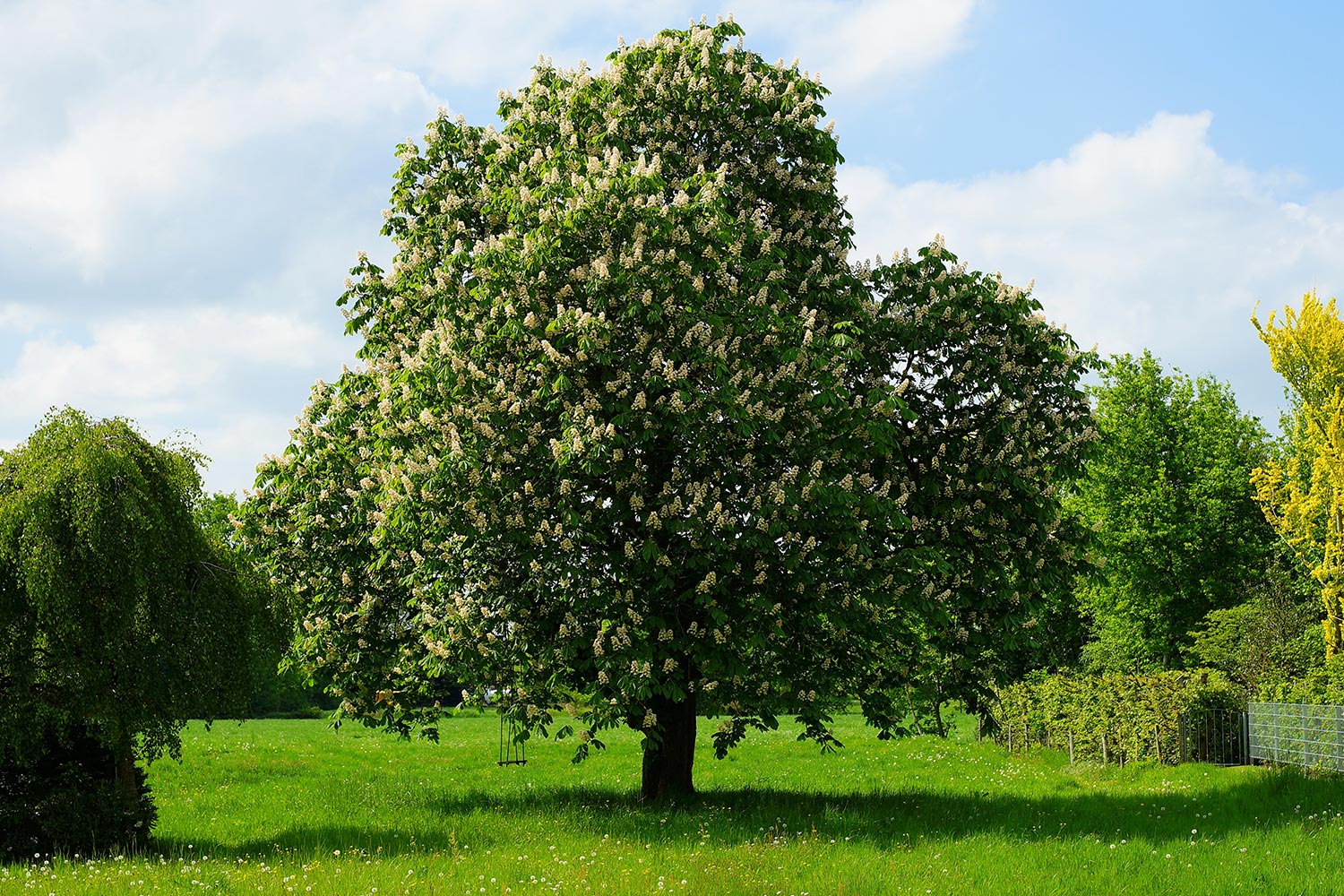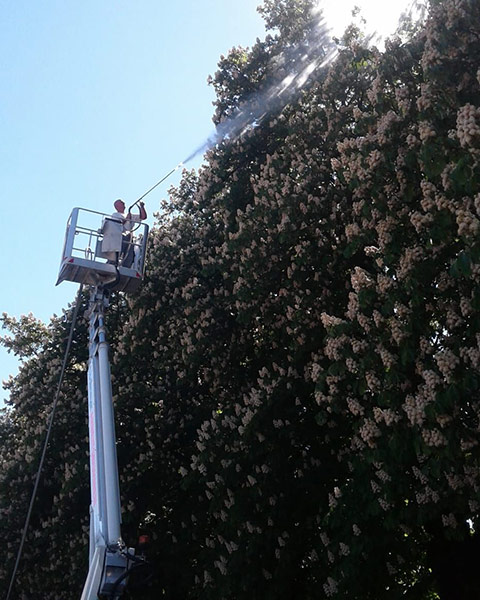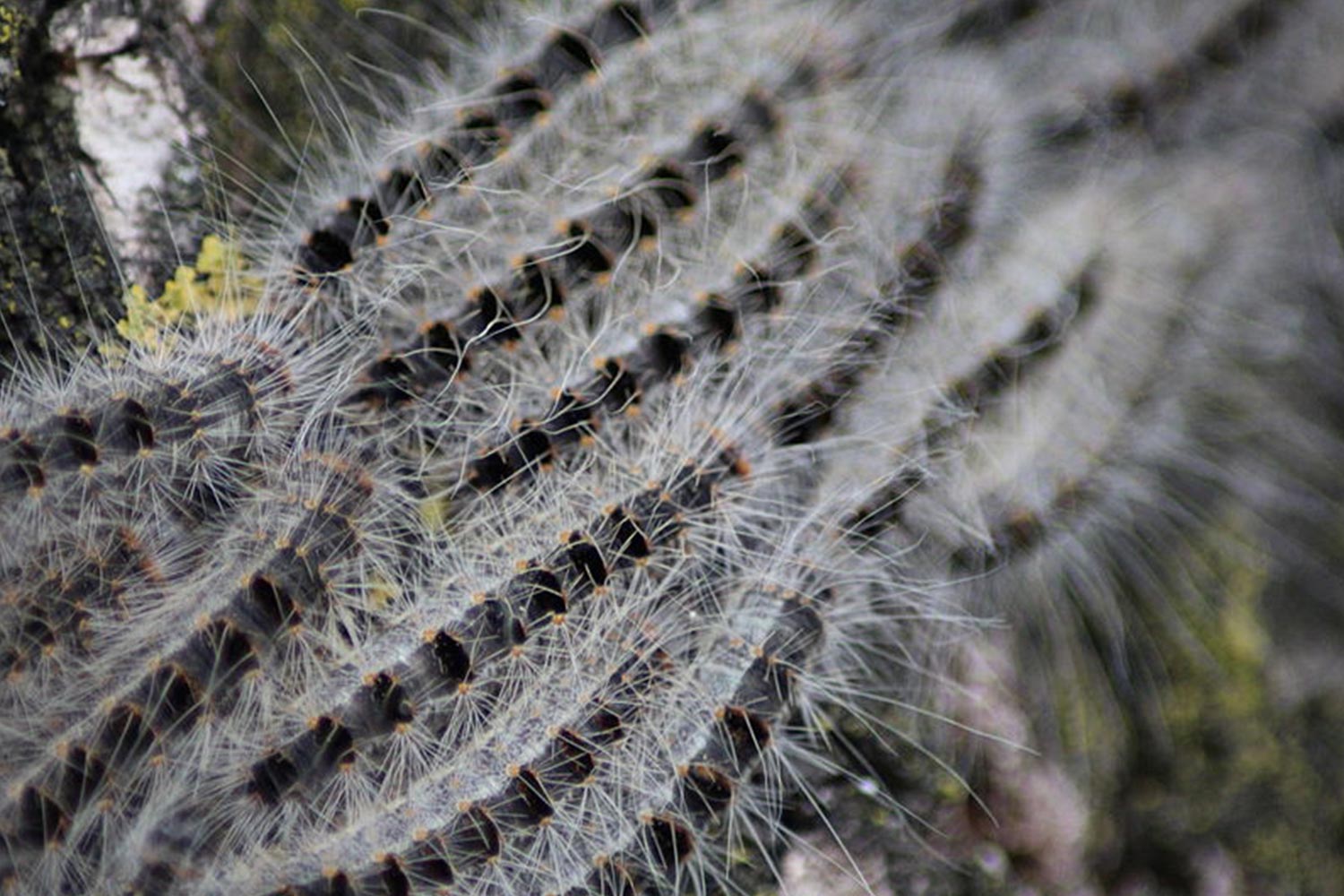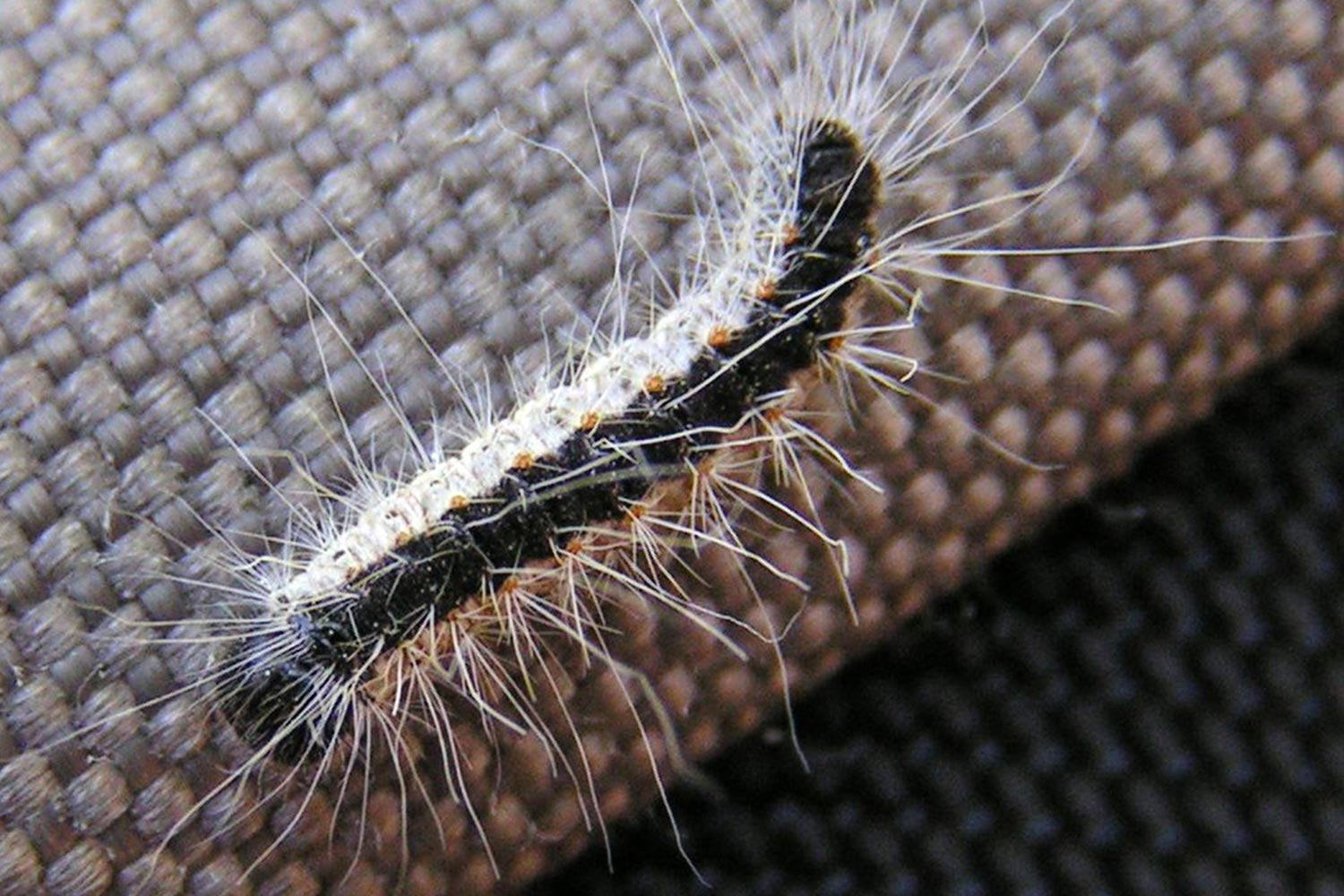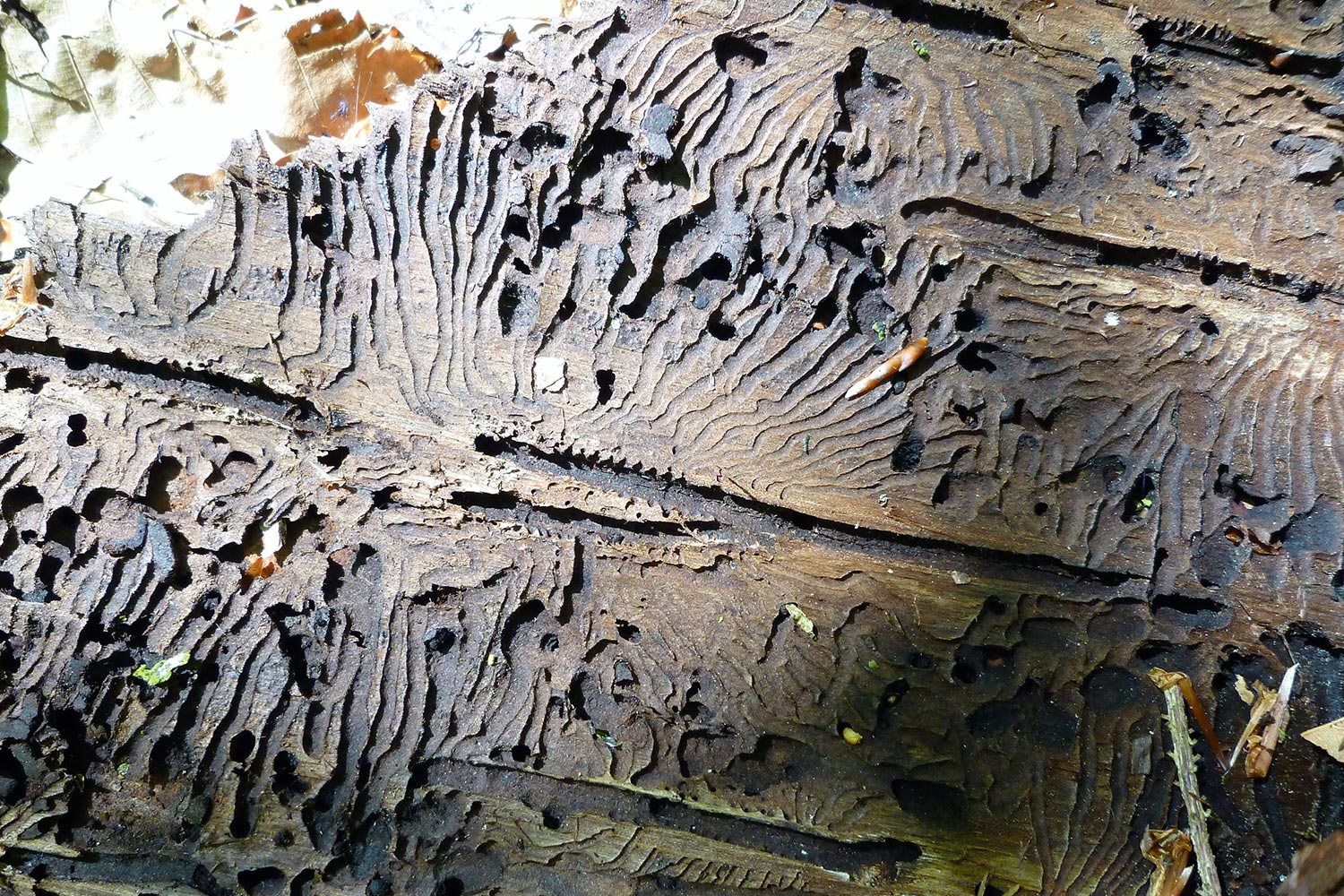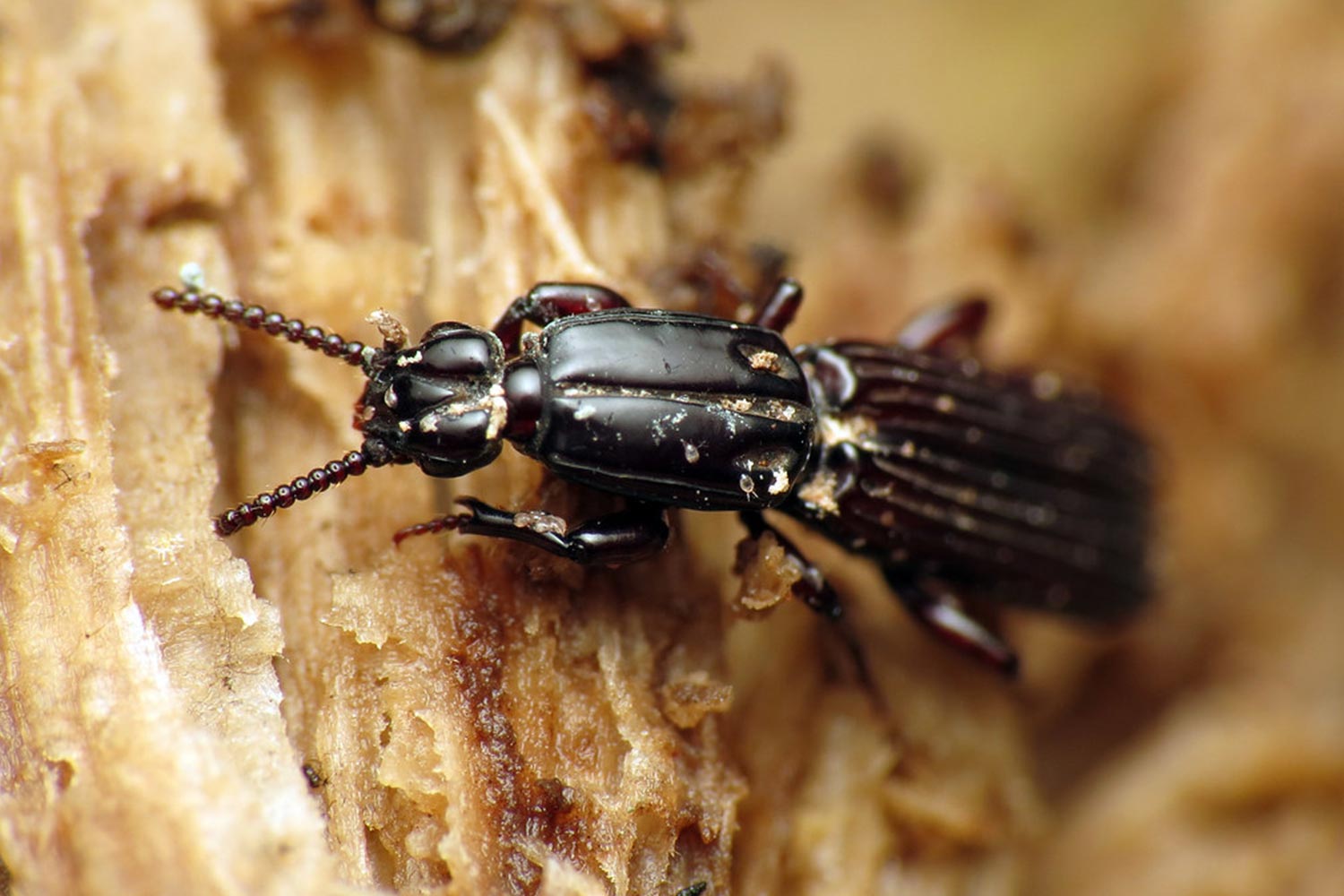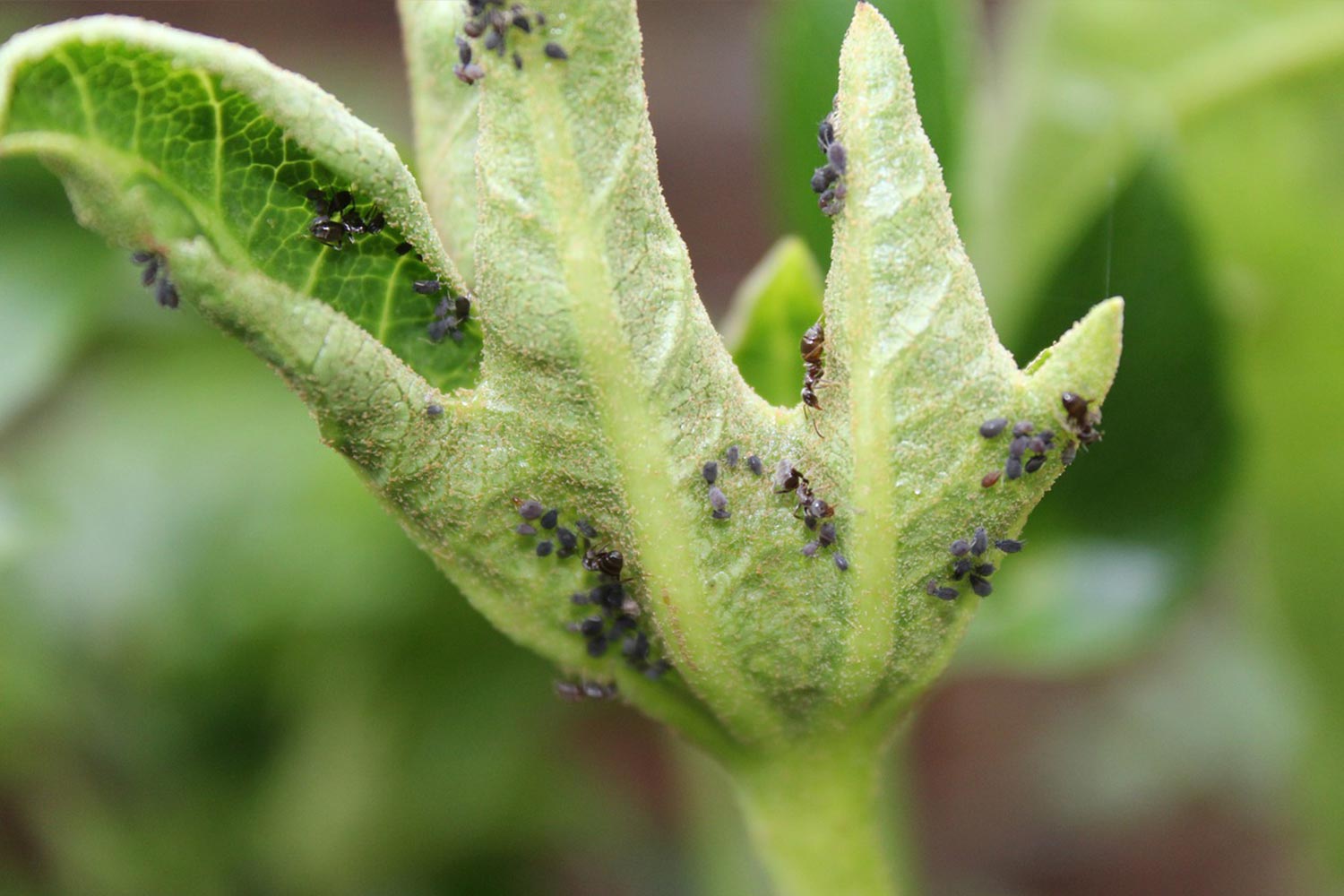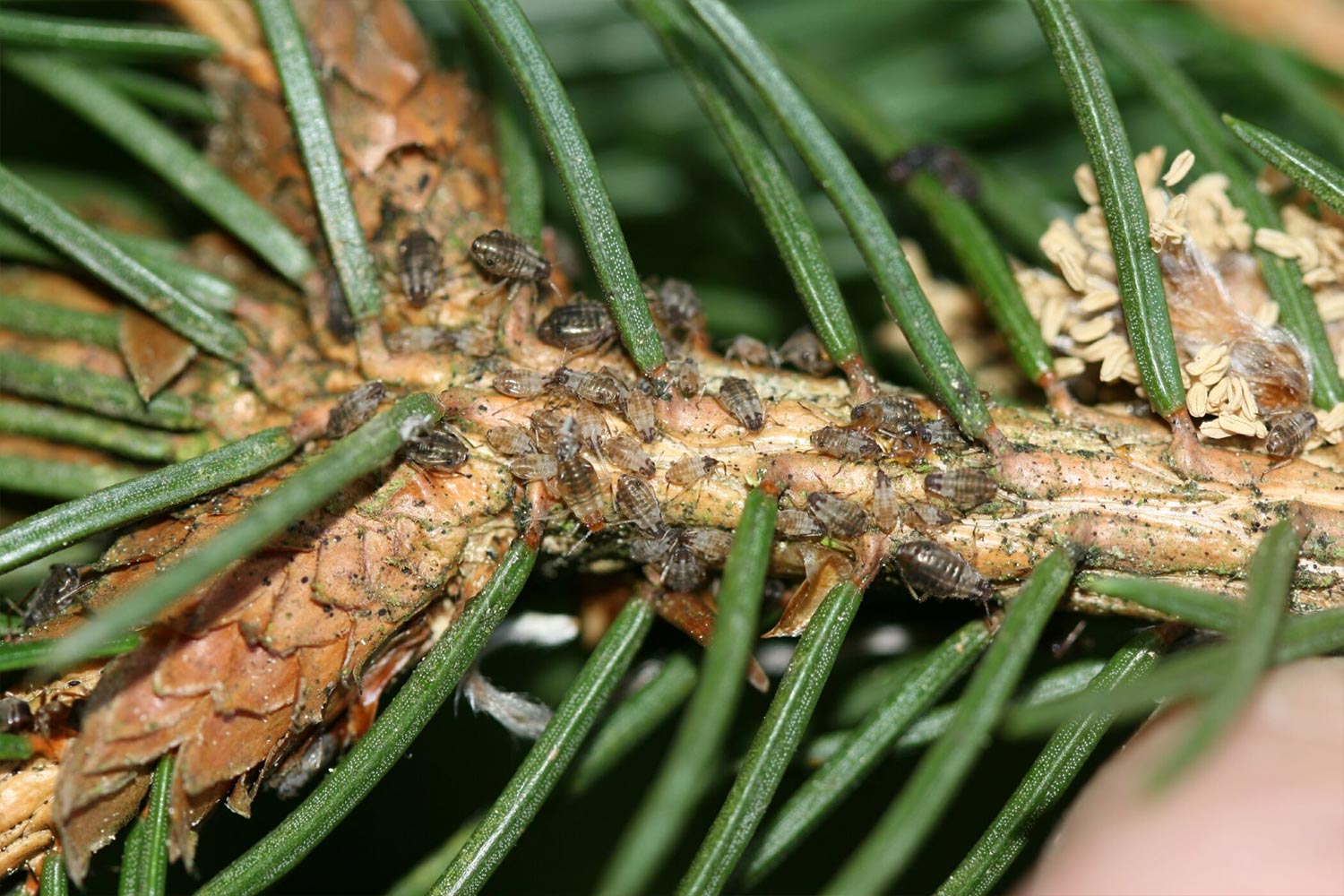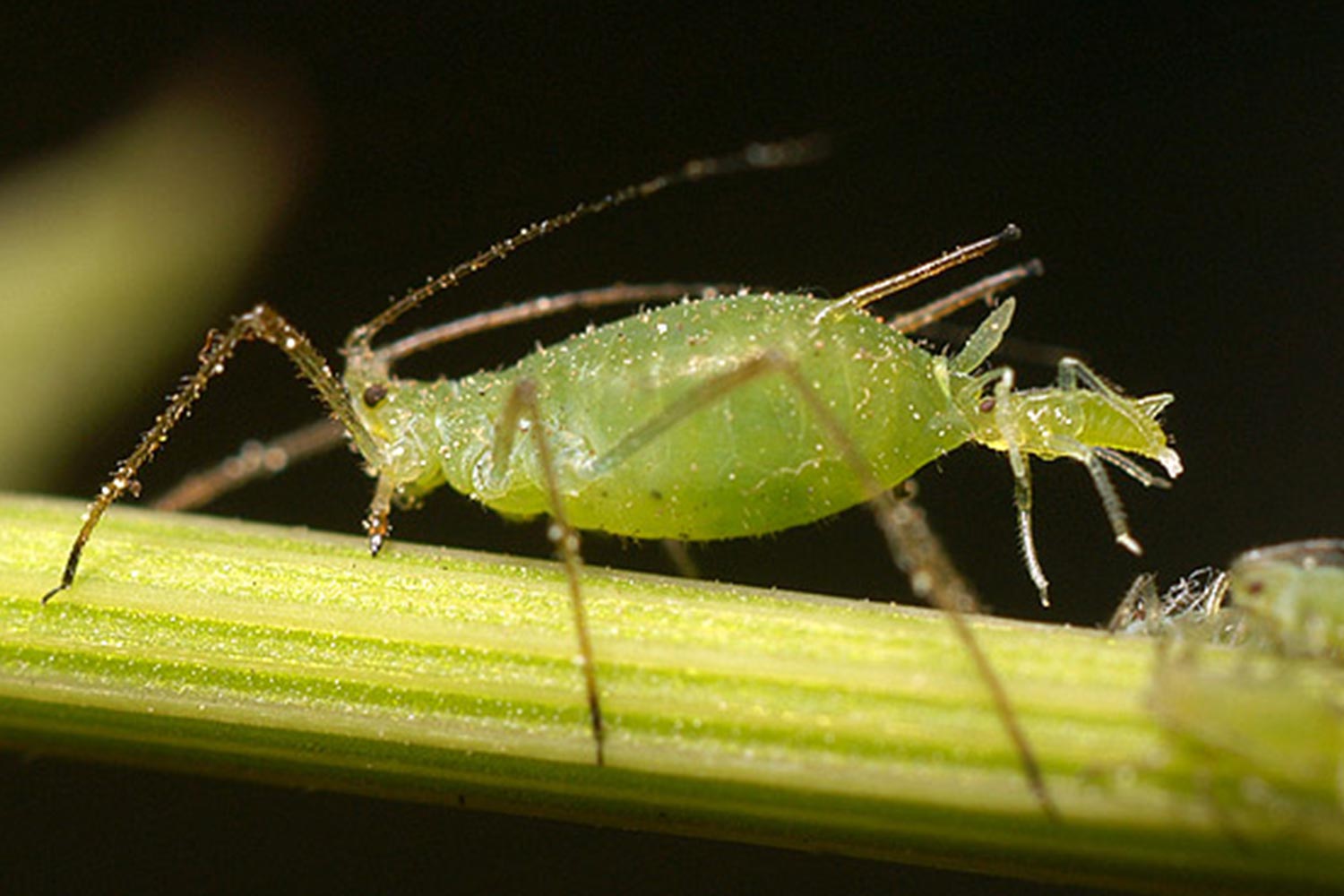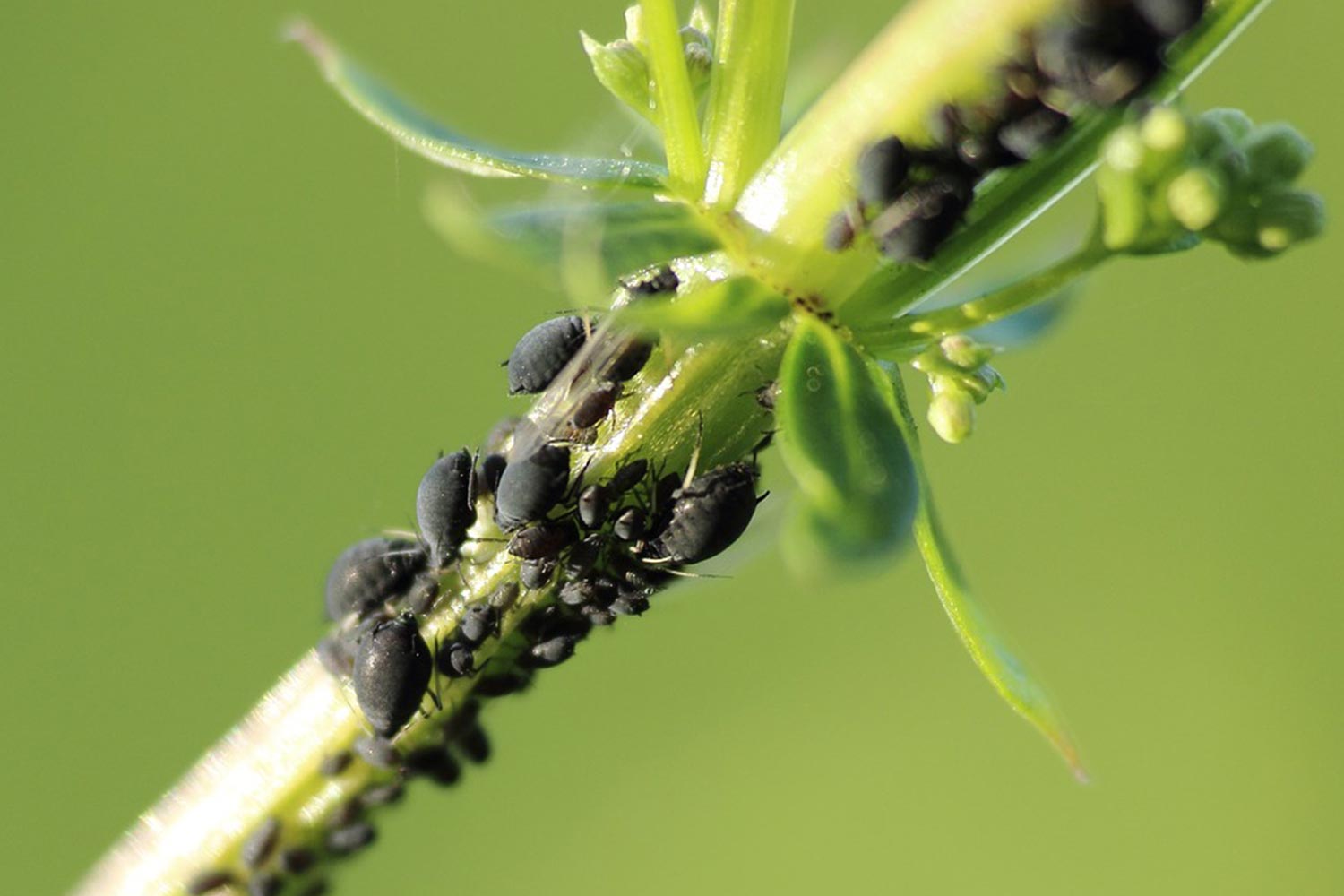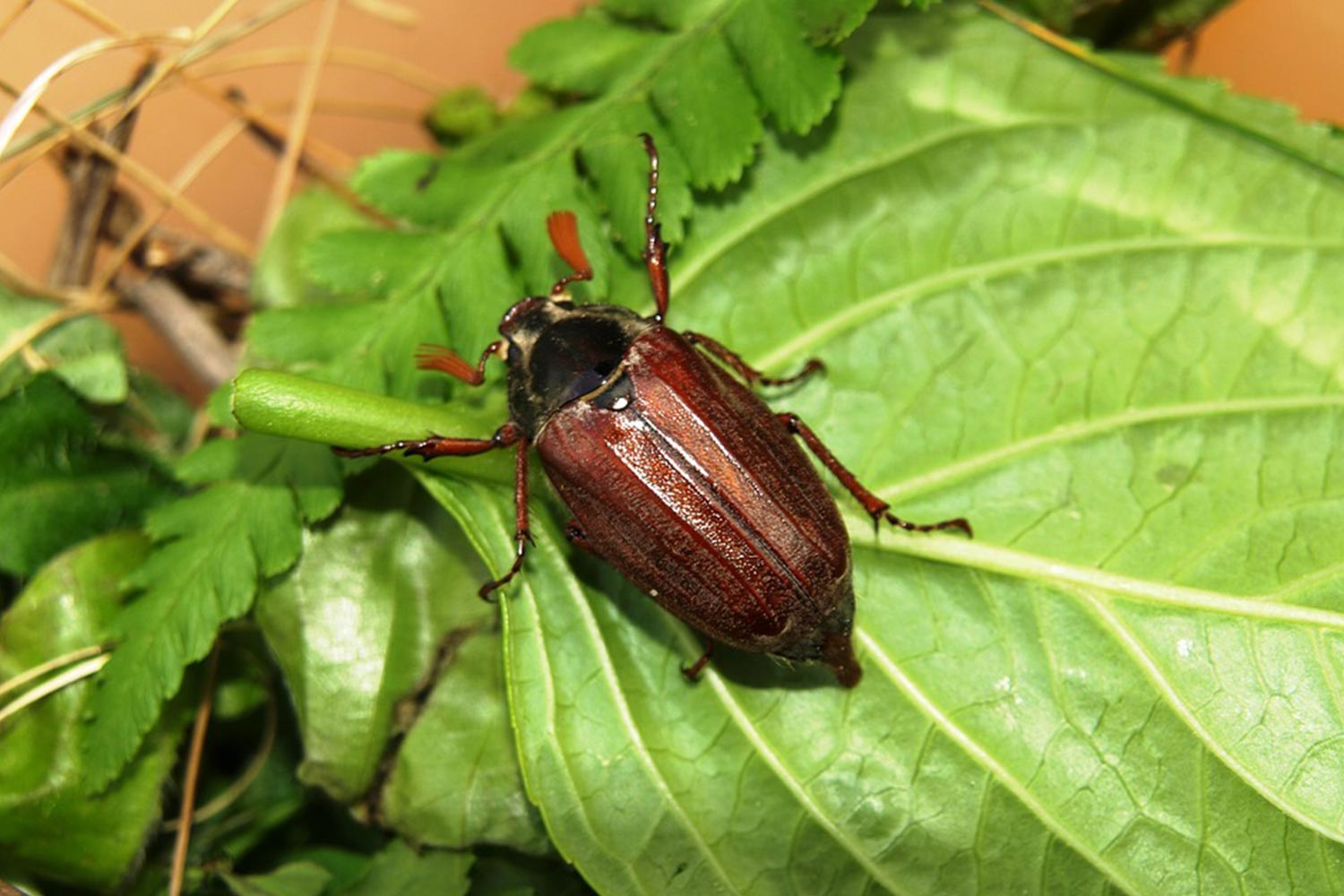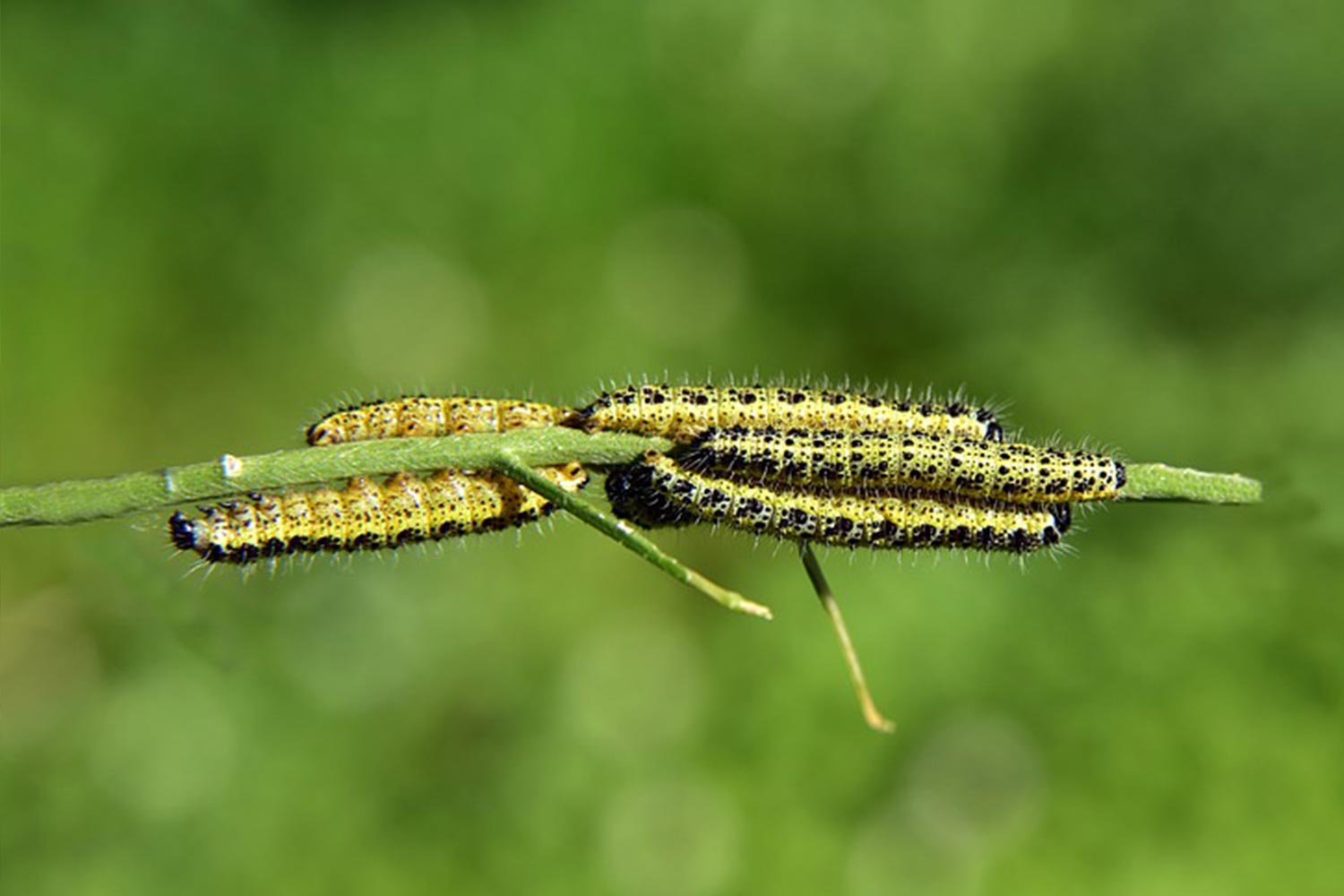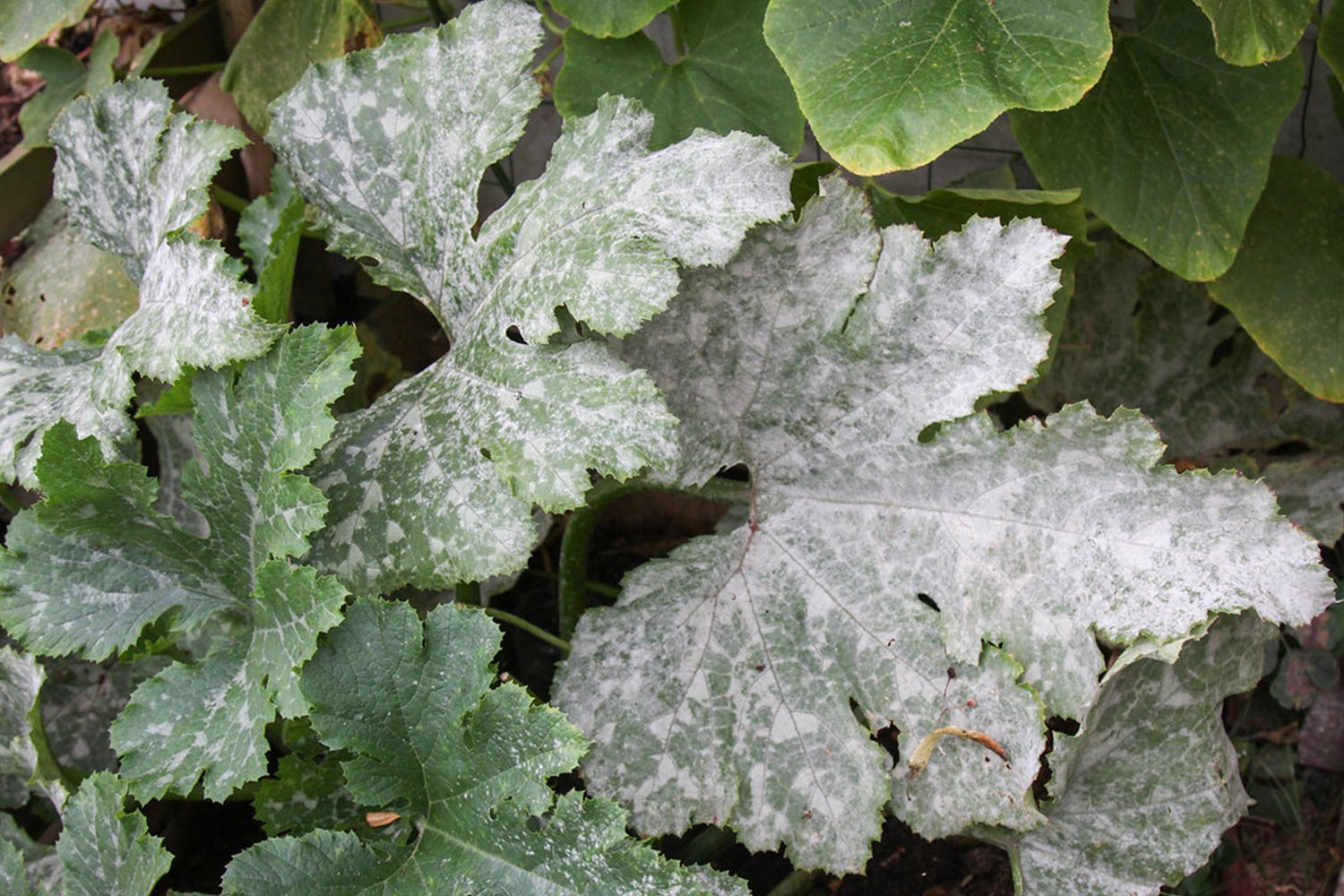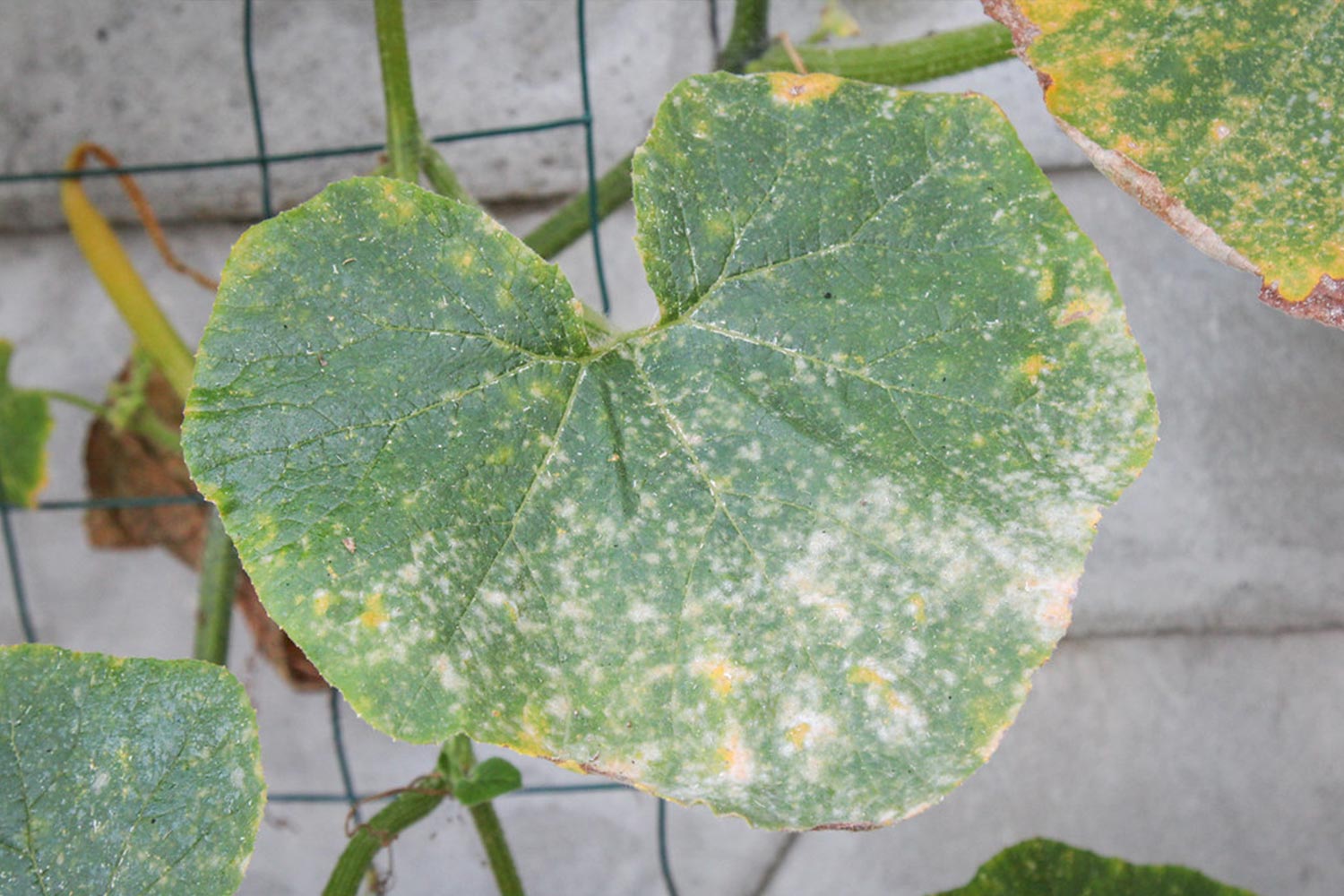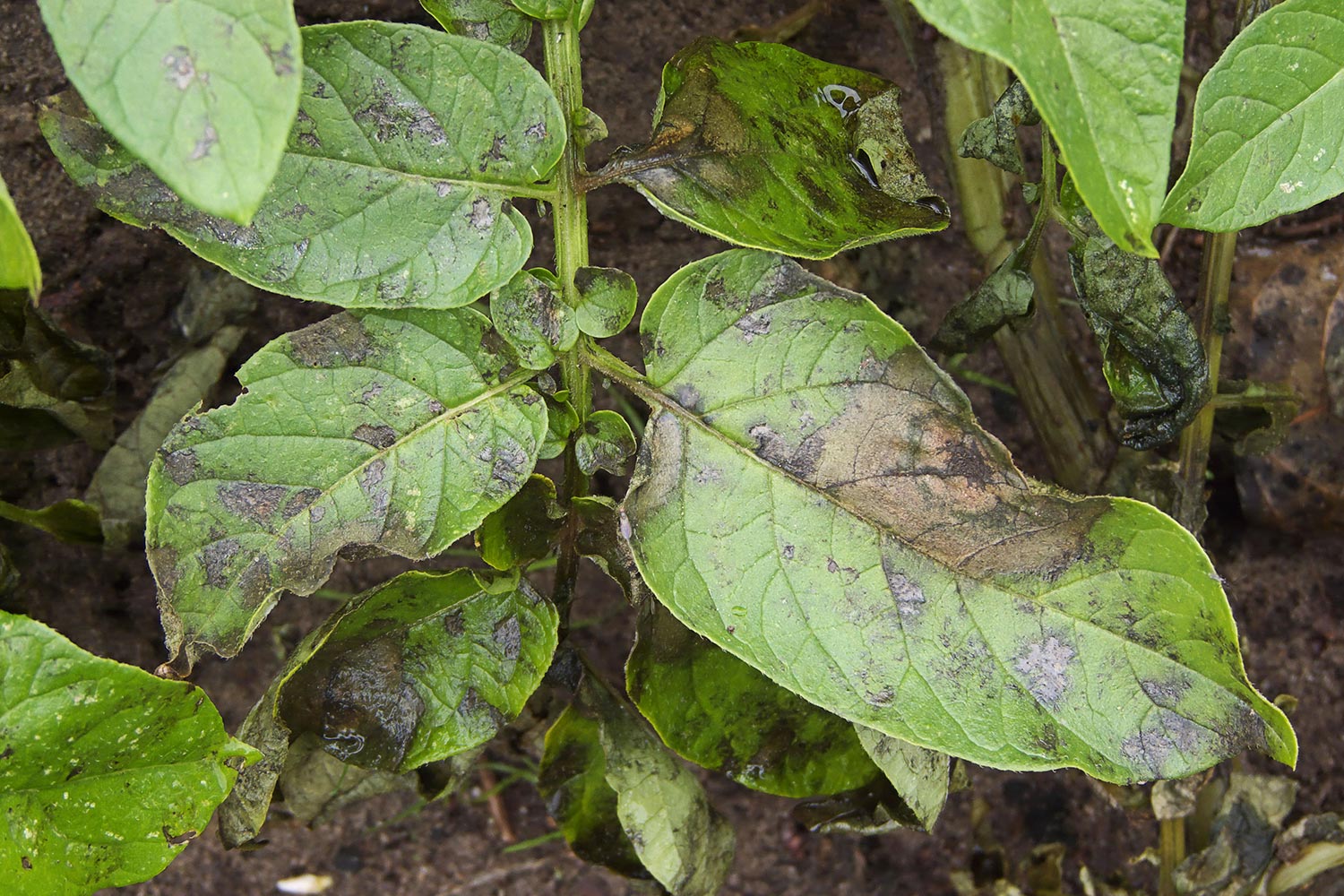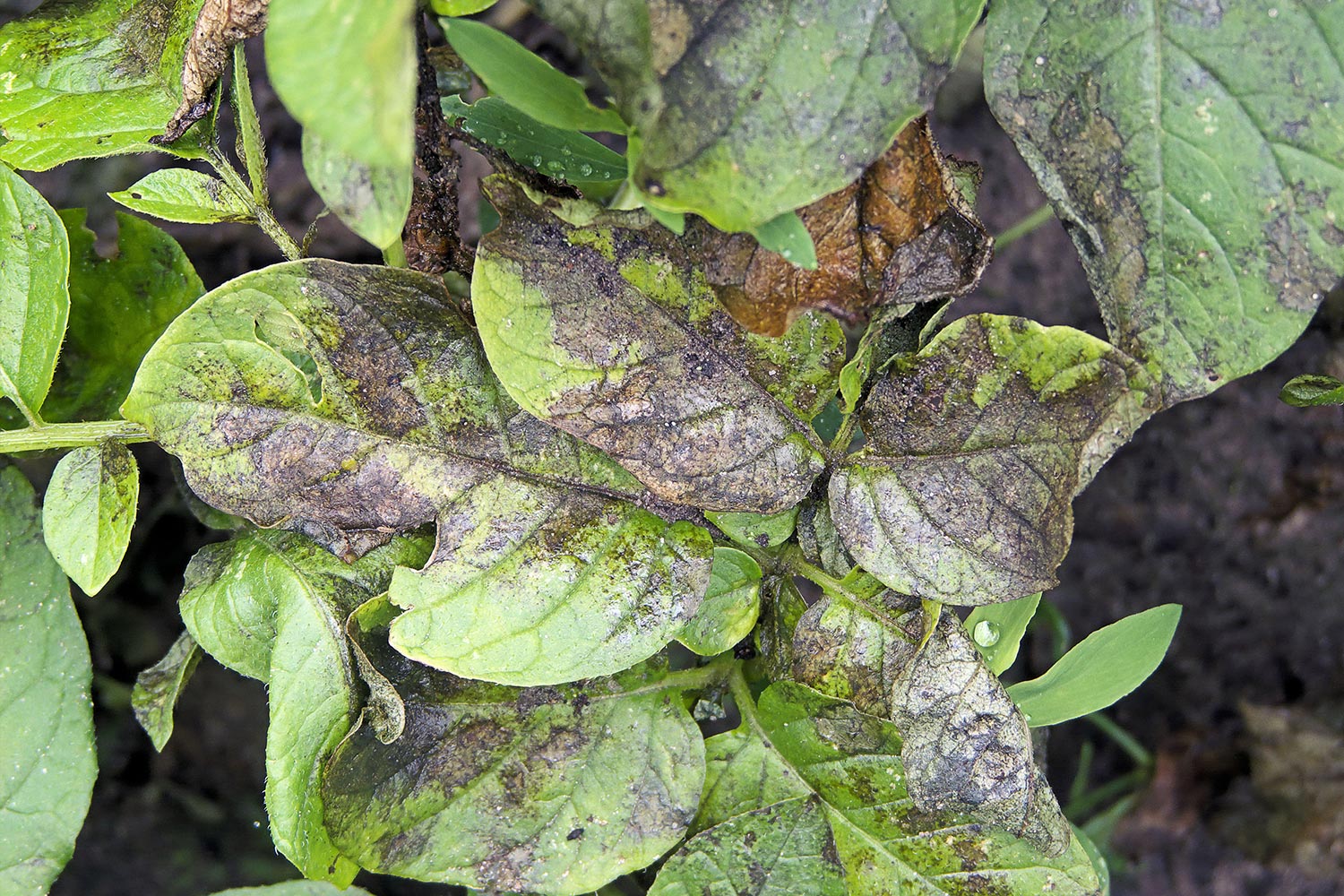Oak proccesionary moths
Though the oak processionary moth does not damage the infested tree, it does pose a threat to humans. The toxic hairs on the larvae can cause itching, skin rashes, fever and – in the worst case – even asthma attacks.
Bark beetles
Trees infested by bark beetles should be removed or treated immediately. In the immediate surroundings of the infested trees, other trees also need to be examined closely to see whether damage can be found.
Tree lice
As a result of sucking on the trunk and branches, tree lice bring about a loss of vitality, while in extreme cases the dying off of infested shoots may be the result.
Aphids
Aphids infest almost all trees. They withdraw assimilated nutrients from the leaves and dirty the leaves with their excretions – so-called honeydew.
Insects in general
As a result of cockchafers, butterfly caterpillars and similar, considerable leaf mass loss may arise on the tree, which is generally not a hazard for the tree. If, however, a tree is chewed bare for several years in a row, this will damage its vitality.
Mildew
True mildew is a white coating on leaves which can be wiped off using the fingers. The fungi can be found primarily on cucumbers, apples, gooseberries, vines, roses and other plants. Control is advisable when the infestation is serious.
Phytophthora
The effect of this blight, on beech trees in particular, is the development of root collar rot. The infested tree forms only a few and small leaves, which are commonly unusually lightly coloured and are shed prematurely.

